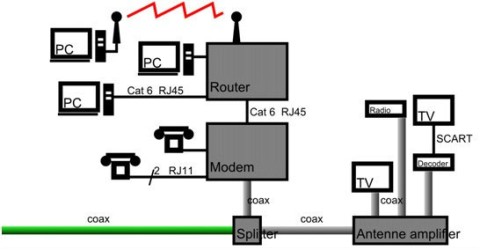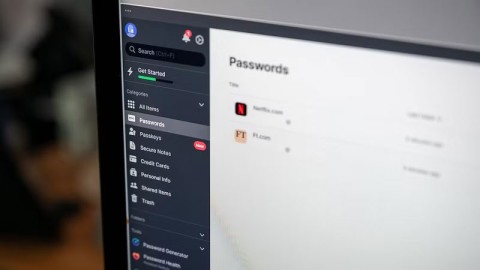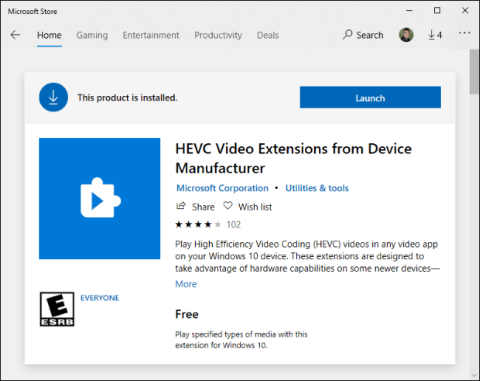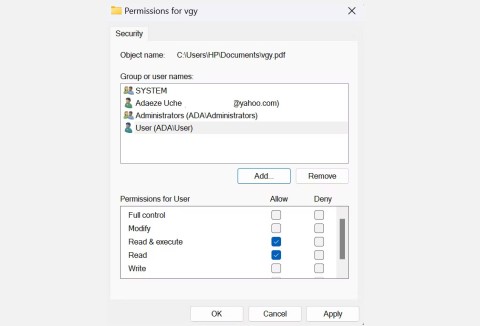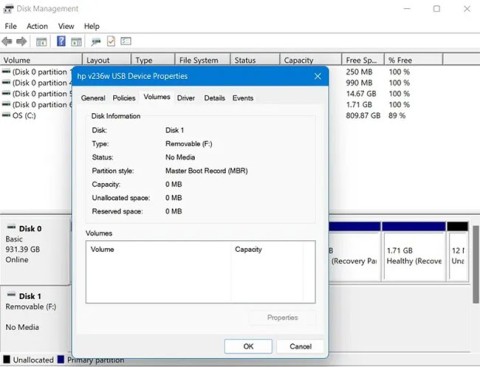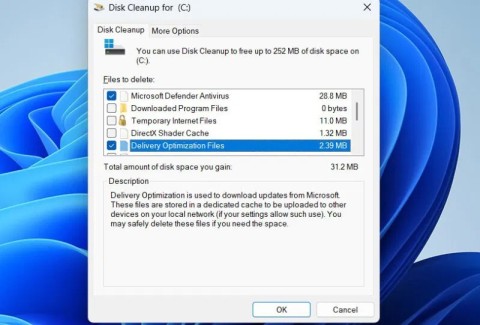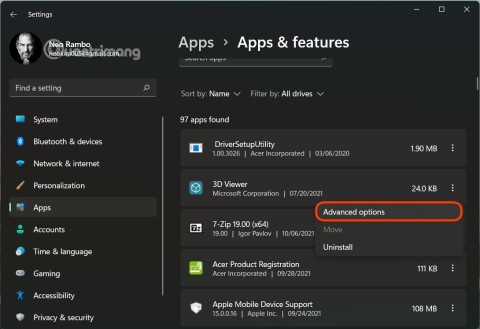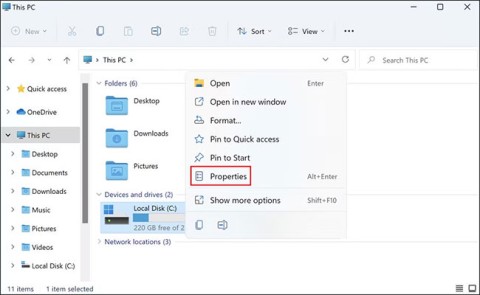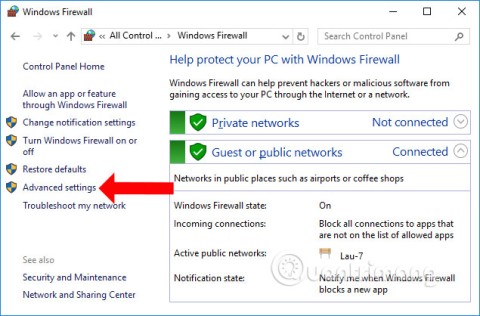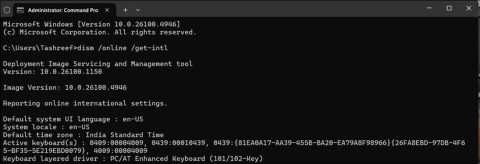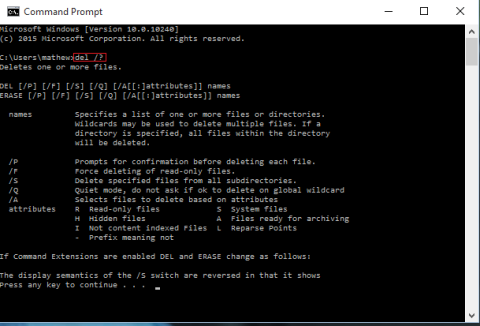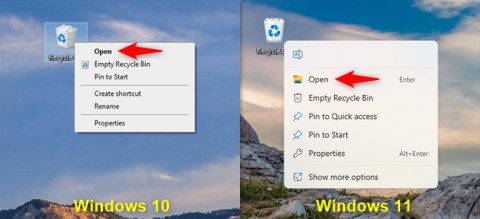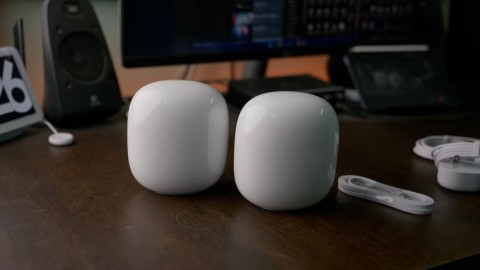Common Mistakes When Performing Internet Speed Tests
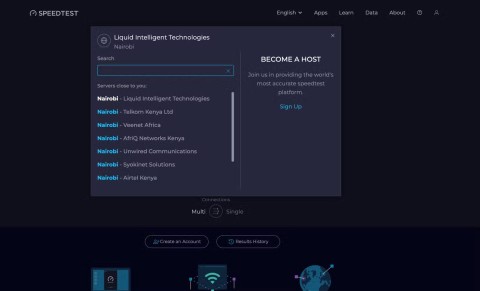
If the results seem slower than expected, don't be too quick to blame your ISP - mistakes when performing the test can skew your numbers.
We used to blame our Internet service provider for our slow connection - until we realized the problem was right in our living room. After making a few simple tweaks, your Internet could be much faster.
6. Always keep your router software up to date
Just like your phone or computer, your router runs on software that needs to be updated regularly. These updates are important because they address a variety of issues. Software updates can add new features, fix bugs, patch security holes, and improve performance and stability. Many people skip this step until they realize that outdated firmware can be the cause of random disconnections and slow speeds.
5. Restart your router occasionally
It may sound simple, but restarting your router can solve a surprising number of Internet problems. Just like restarting your phone can fix a variety of problems, restarting your router can fix temporary problems.

You don't need to reboot your router every day, but rebooting every few weeks—or when your Internet connection is slow—can help keep things running smoothly.
4. Limit connected devices
Your Wi-Fi may be fast on paper, but every device connected to it shares the same limited bandwidth — and that’s where things can slow down. Think of bandwidth as a pie — more connected devices mean each device gets a smaller slice of the available bandwidth. If too many devices are streaming, downloading, or updating at the same time, each device gets a smaller slice of the available bandwidth.
Whenever the Internet is slow, disconnect unused devices to free up bandwidth for active devices. However, you don't need to disconnect all other devices if your router has a Quality of Service (QoS) setting , which allows you to prioritize network traffic on the router.
3. Reduce the distance between the device and the router
One of the easiest ways to get faster, more reliable internet is to reduce the distance between your device and your router. Wi-Fi signals weaken as they pass through walls, ceilings, furniture, and even people. This is especially true of the faster 5GHz and 6GHz bands, which have a shorter range than the 2.4GHz band. The further away you are, the lower your speed and signal strength.

2. Use the right Wi-Fi band
Modern routers broadcast on up to three different frequency bands: 2.4GHz, 5GHz, and 6GHz (available in newer routers). Each band has its own strengths, and choosing the right one can make a big difference in your internet speed and reliability.
The 2.4 GHz band offers longer range and better wall penetration, making it ideal for devices that are far away from the router or in areas with thick walls. However, it is slower and more prone to interference, as many household appliances—such as microwaves, baby monitors, and Bluetooth devices—also operate on this band. The 5 GHz band, on the other hand, offers faster speeds and less interference, but has a shorter range. The 6 GHz band is faster and less congested, resulting in less interference.
1. Use a wired connection whenever possible
While Wi-Fi is convenient, it’s not always the fastest or most reliable option—especially if you’re gaming, streaming 4K, or working with large file uploads. That’s why it’s best to use an Ethernet connection whenever possible. A wired Ethernet connection provides a direct path from your device to your router, eliminating the interference, dropouts, and congestion that can plague wireless networks.
Wired connections typically offer lower latency and a more stable connection for heavy tasks than Wi-Fi. This can be the difference between smooth video calls and dropped calls, or winning a game versus experiencing lag at the decisive moment. That's why it's a good idea to switch your Smart TV to an Ethernet connection .
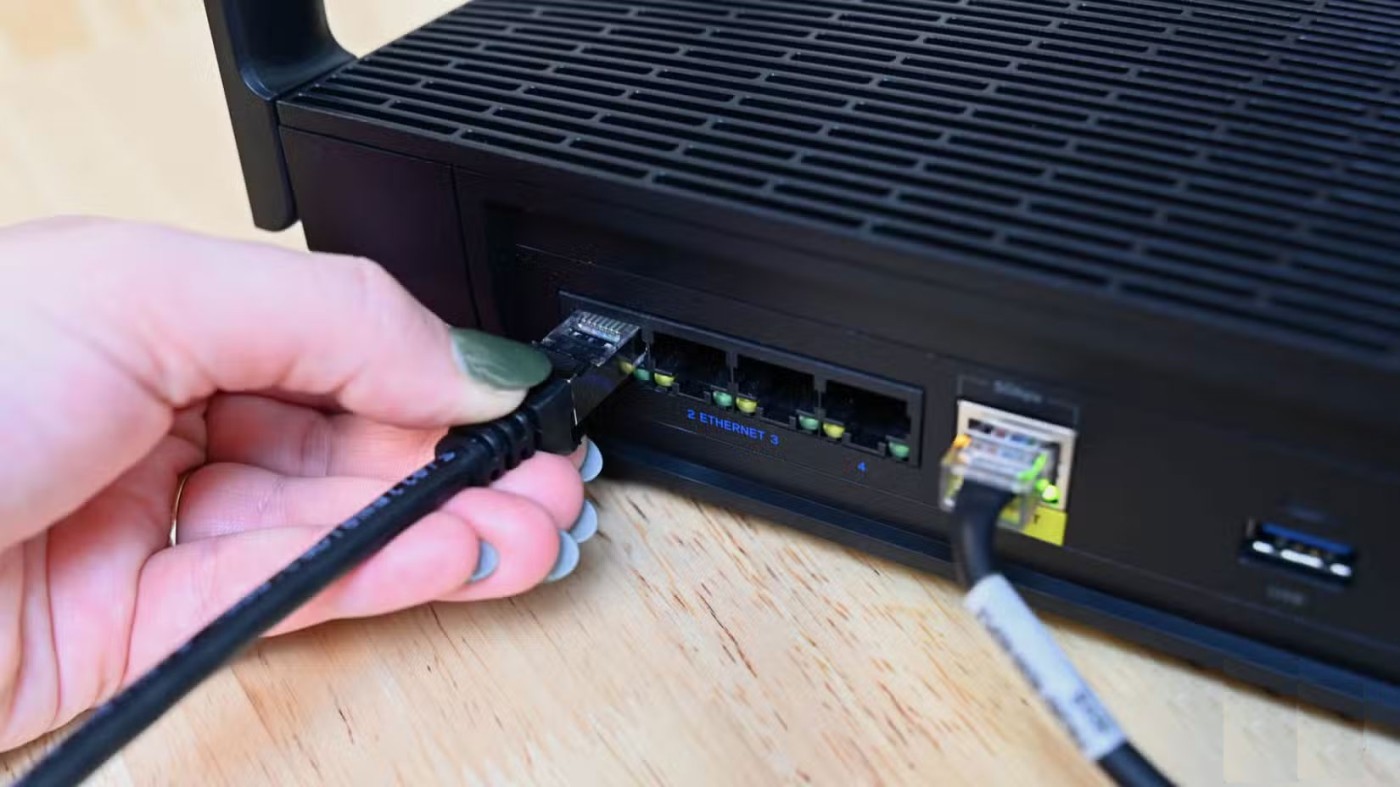
Good luck!
See also:
If the results seem slower than expected, don't be too quick to blame your ISP - mistakes when performing the test can skew your numbers.
In the article below, we will introduce and guide you to learn about the concept of QoS - Quality of Service on router devices.
Windows has a built-in Credential Manager, but it's not what you think it is—and certainly not a replacement for a password manager.
Microsoft charges for its official codecs and doesn't include them in Windows 10. However, you can get them for free without pulling out your credit card and spending $0.99.
While having trouble accessing files and folders can be frustrating, don't panic—with a few simple tweaks, you can regain access to your system.
After creating a USB boot to install Windows, users should check the USB boot's performance to see if it was created successfully or not.
Although Windows Storage Sense efficiently deletes temporary files, some types of data are permanent and continue to accumulate.
You can turn off Windows 11 background apps to optimize performance, save battery and reduce RAM consumption.
When a computer, mobile device, or printer tries to connect to a Microsoft Windows computer over a network, for example, the error message network path was not found — Error 0x80070035 may appear.
We can block Internet access for any application or software on the computer, while other programs can still access the network. The following article will guide readers on how to disable Internet access for software and applications on Windows.
Instead of paying $30 for a year of security updates, keep Windows 10 safe until 2030 with this simple solution.
When it comes to Windows, it’s always helpful to know a few tricks for when your computer starts to crash. Many people have recently encountered a similar situation, and have restarted their computers with this super simple trick.
Large folders on the system are one of the culprits that eat up a lot of system space. Many folders that you create, after deleting them, will come back after a while. Maybe those are junk folders that you try to remove them.
This guide will help you answer the question Where is the Recycle Bin in Windows 10? and let you choose the most comfortable way to reach the Windows 10 Recycle Bin location:
Every network has a router to access the Internet, but not everyone knows how to make the router work better. In this article, we will introduce some router tips to help speed up the wireless connection in the network.
If the results seem slower than expected, don't be too quick to blame your ISP - mistakes when performing the test can skew your numbers.
In the article below, we will introduce and guide you to learn about the concept of QoS - Quality of Service on router devices.
Windows has a built-in Credential Manager, but it's not what you think it is—and certainly not a replacement for a password manager.
Microsoft charges for its official codecs and doesn't include them in Windows 10. However, you can get them for free without pulling out your credit card and spending $0.99.
While having trouble accessing files and folders can be frustrating, don't panic—with a few simple tweaks, you can regain access to your system.
After creating a USB boot to install Windows, users should check the USB boot's performance to see if it was created successfully or not.
Although Windows Storage Sense efficiently deletes temporary files, some types of data are permanent and continue to accumulate.
You can turn off Windows 11 background apps to optimize performance, save battery and reduce RAM consumption.
When a computer, mobile device, or printer tries to connect to a Microsoft Windows computer over a network, for example, the error message network path was not found — Error 0x80070035 may appear.
We can block Internet access for any application or software on the computer, while other programs can still access the network. The following article will guide readers on how to disable Internet access for software and applications on Windows.
Instead of paying $30 for a year of security updates, keep Windows 10 safe until 2030 with this simple solution.
When it comes to Windows, it’s always helpful to know a few tricks for when your computer starts to crash. Many people have recently encountered a similar situation, and have restarted their computers with this super simple trick.
Large folders on the system are one of the culprits that eat up a lot of system space. Many folders that you create, after deleting them, will come back after a while. Maybe those are junk folders that you try to remove them.
This guide will help you answer the question Where is the Recycle Bin in Windows 10? and let you choose the most comfortable way to reach the Windows 10 Recycle Bin location:
